While I have to wait until the end of the month for presents from friends and family, my retail “friends” start showering me with gifts August 1. They come by mail and email, all wishing me a “Happy Birthday” and wanting me to “celebrate” with them sometime during August 1-31. In our family, we tease that we celebrate our birthday week. Well, my retail friends allow me to have a whole birthday month!
Now I have to say, not all retailers celebrate birthdays in the same way. My friends at Ann Taylor sent me a “$15 off” postcard, no strings attached, no minimum purchases to meet. Kohl’s sent me a similar $10 card. Thank you, my good retail friends, for these true gifts! I will likely stop-in sometime during the month to “celebrate” with you.
In contrast, one of my favorite stores, Anthropologie, remembers my special day with a card for 15 percent off. Hmmm, I wonder if they realize that discounts of 20-30 percent are typically needed to secure consumers’ purchase intentions for this type of retail. Given a discount of only 15 percent, I’ll throw the card into my purse, and if I happen upon an Anthropologie in my travels this month, I might stop in; otherwise, the meager savings isn’t worth the cost of gas.
Webster’s Dictionary defines a “gift” as, something “voluntarily transferred by one person to another without compensation” (my emphasis added). This is why gifts are so much fun. A true gift requires nothing from the receiver.
Sadly, I am also disappointed with Macy’s birthday benevolence. What kind of friend sends you a gift, but in order to enjoy the gift requires you to spend $30? Really? And to make matters worse, it’s the same card they send to their Macy’s charge card customers once every six to eight weeks! The only difference with my so called “birthday gift” is that it includes a picture of a birthday cake and candles. So, not only is Macy’s birthday “gift” NOT special, it doesn’t even meet the standard definition of a gift.
My favorite example of a retailer’s bad birthday gift comes from OfficeMax. “Oh goody! Another birthday gift!” I naïvely thought when I saw the email subject line, even if it was only office supplies. My elation soon vanished, however, when I read the retailer’s birthday wish to me. OfficeMax was giving me a $10 coupon and all I had to do was spend $50. Wait a minute, you mean for my birthday you want me to spend $50 on office supplies and you will give me $10 off? What kind of friend gives you a gift worth $50 then asks for $40 back in order for you to “qualify” for said gift? No friend of mine!
Granted, I know that it’s the thought that counts. But frankly, I’m not sure Macy’s and OfficeMax spent much thought on the “exclusive” gifts they sent my way. Actually, by definition they don’t even qualify as gifts; they’re just ordinary everyday promotions. Lazy is the word that comes to mind. If these retailers were looking to use this special time in my year to create warm fuzzy feelings and build loyalty, they failed miserably.
Yes, I love August, but it’s increasingly clear that not all retailers “love” me the same way. Ann Taylor and Kohl’s display Mindful Marketing in their birthday wishes, which come with real, unrestricted gifts. The strings-attached birthday promotions of Macy’s and Office Max, however, exemplify “Simple-Minded Marketing”: although there is a hint of good intent, it pales in comparison to the shallowness of their generosity. In other words, these retailers do fine in supporting societal values, but they fail to create long-term stakeholder value for me or their other birthday “gift” recipients.
Learn more about the Mindful Matrix and Mindful Meter.
Check out Mindful Marketing Ads and Vote your Mind!


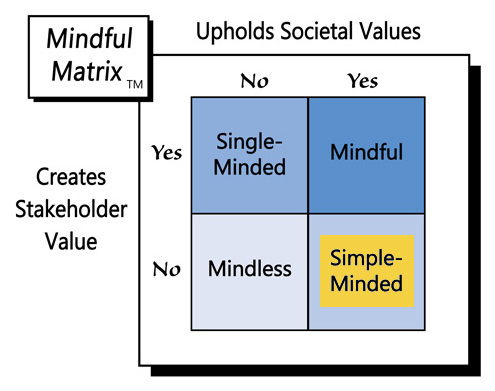
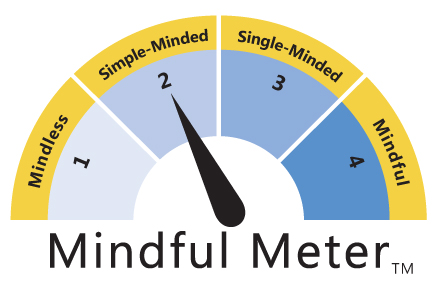
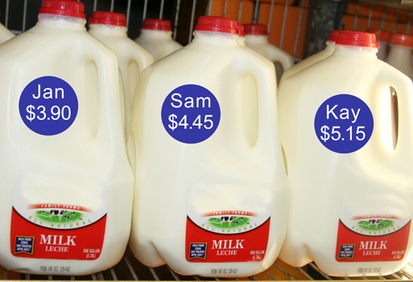
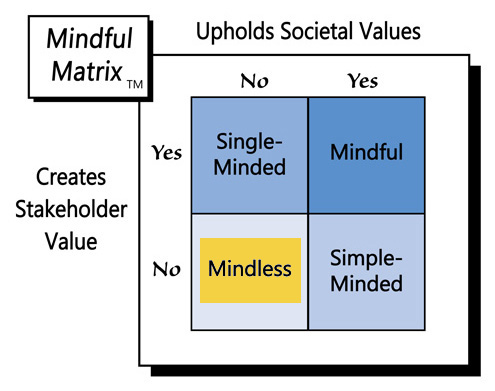
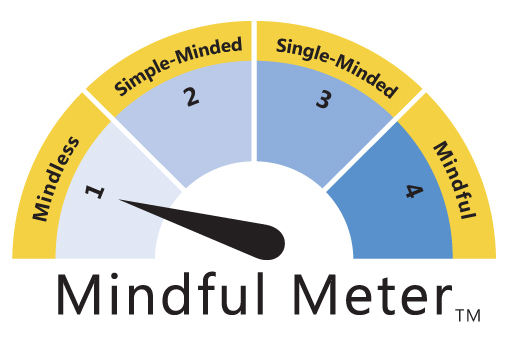
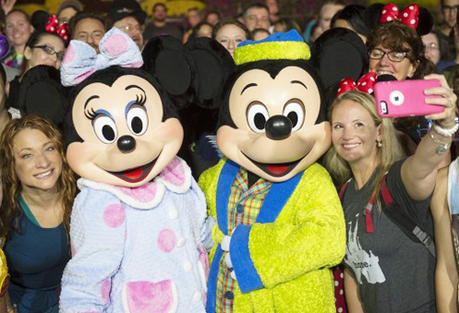
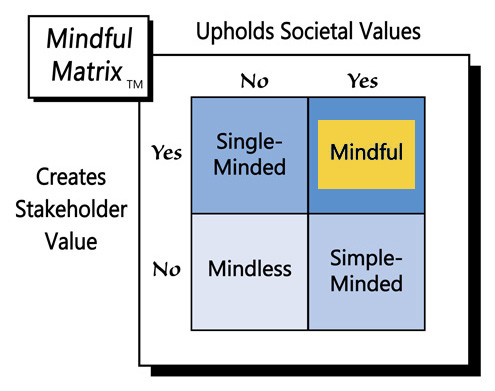
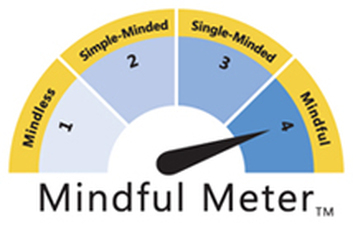
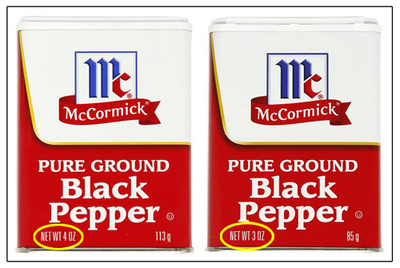
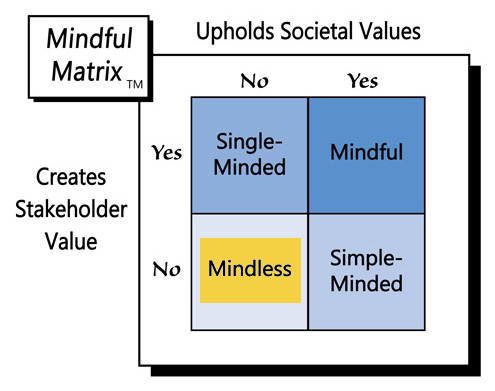
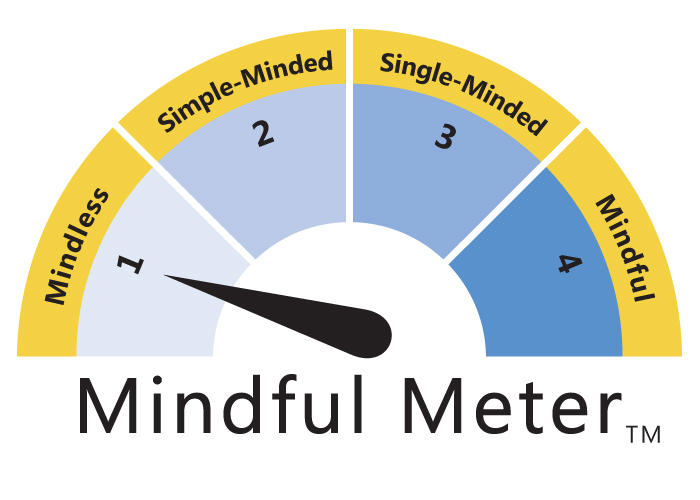
 RSS Feed
RSS Feed